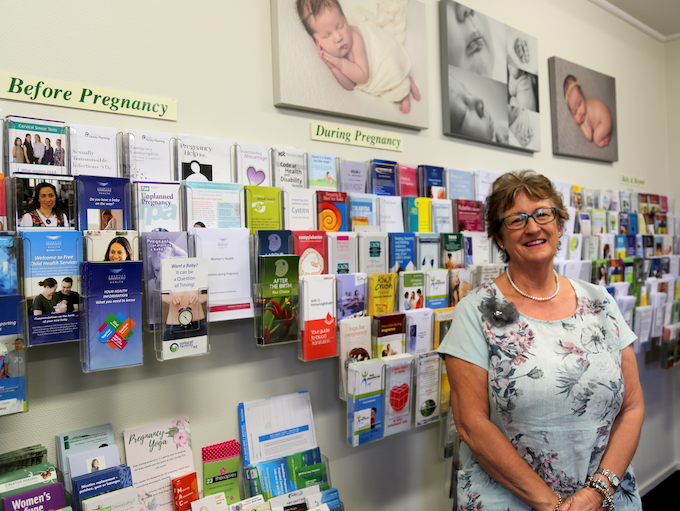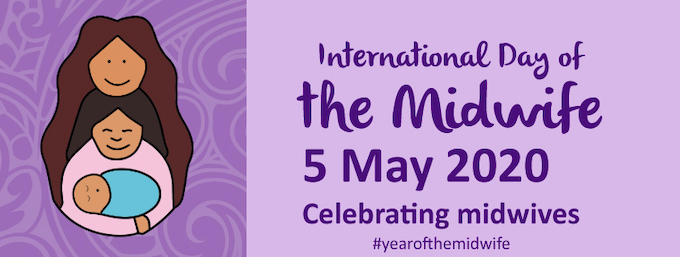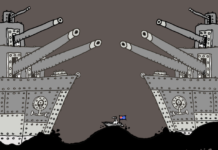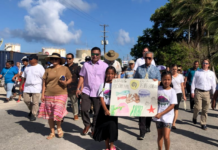
By Mark Hanson of Counties-Manukau Health
Vomiting while helping birth a baby on the police launch Deodar while it was being tossed around in turbulent seas is one of the more interesting of New Zealand midwife Claire Eyes’ many experiences.
The first-time mother was also vomiting and the two policemen were green around the gills while taking the woman and Eyes from Waiheke Island to National Women’s Hospital in a rough crossing of the Waitemata Harbour on a stormy night.
At that time, Claire Eyes had only recently gained her midwifery registration.
READ MORE: Global tribute to midwives
As a young midwife, Eyes had managed births in the safety of maternity suites and with senior expert help at hand, but the experience on the Deodar was her first solo birth and the conditions couldn’t have been worse.
Eyes says it stood her in good stead as it made her think on her feet.
“Coming from a rural practice you get used to thinking on your feet when there is no ambulance or doctor on site, and you rely on your Midwifery colleagues.”
It’s this resilience and ability to adapt to any situation that has helped Claire Eyes (née Robie) in her career as a remote and rural midwife based in Counties-Manukau town of Pukekohe.
In addition to the dramas, Eyes has been a pioneer for midwives throughout the years, including fighting to have a mileage allowance for rural midwives retained after political changes at the time had planned to remove travel subsidies from the midwifery contract.

She was also instrumental in leading a community charge to keep the Pukekohe Birthing Unit open and in establishing the first water birthing pool in a birthing unit in New Zealand.
“It was an old Para pool and we had pipes from a bilge pump going out the delivery room window to empty it,” laughs Claire.“People thought it was some trendy new thing, but it provided women with the most natural pain relief assisting them in the labouring process, whilst keeping baby safe. It was a useful tool by itself, or with the use of gas, as a safe and very cost effective form of pain relief in healthy well women.”
“Seventy to eighty percent of women birthing at the Pukekohe Birthing Unit would use this medium either as pain relief or to birth their baby. Best of all, it means they can labour close to home with their family support systems nearby.”
Another trailblazing first for Eyes and the team at Pukekohe was the establishment of a DHB and LMC midwifery-shared Maternity Resource Centre 11 years ago, which was the first in New Zealand to be based onsite at a hospital.
It was backed by former New Zealand prime minister Helen Clark at the time.
Throughout a varied and eventful career, Eyes is still adamant that having continuity of care for mothers is crucial to ensure women are given options in their care.
“If we lose that continuity of care, women will also lose their ability to be part of the decision making process through the journey into parenthood. The continuity of care model is now well researched based, proven and internationally envied. Women must always have a voice and be the centre of care provided.”
As well as her local community whānau, midwife Eyes has also had a strong interest in the Pacific through various Rotary assistance projects.
Counties-Manukau Health calls for nominations of “local heroes” and today is the International Day of the Midwife.
This article has been republished from the Counties-Manukau Health website.
Other midwife ‘heroes’:










































